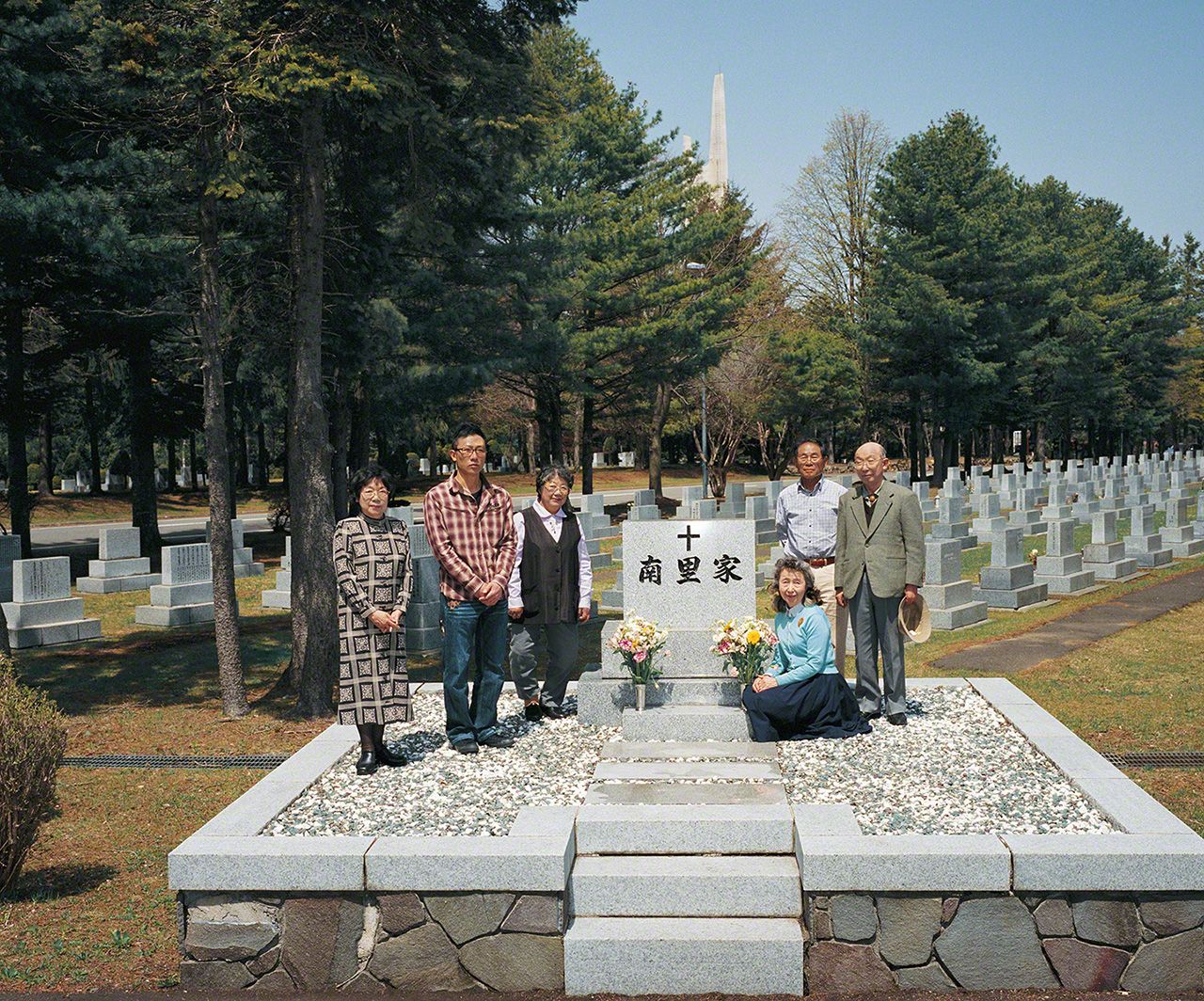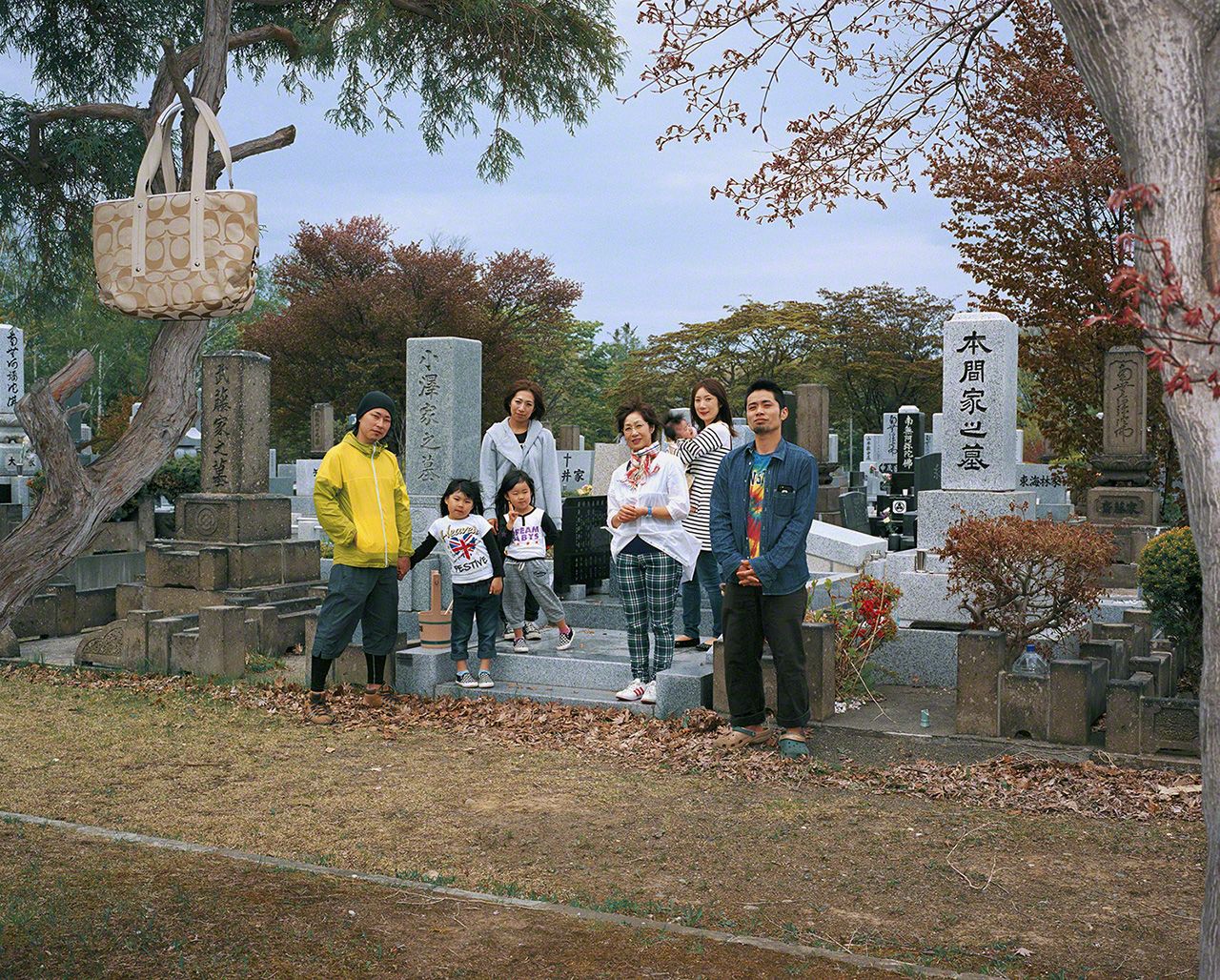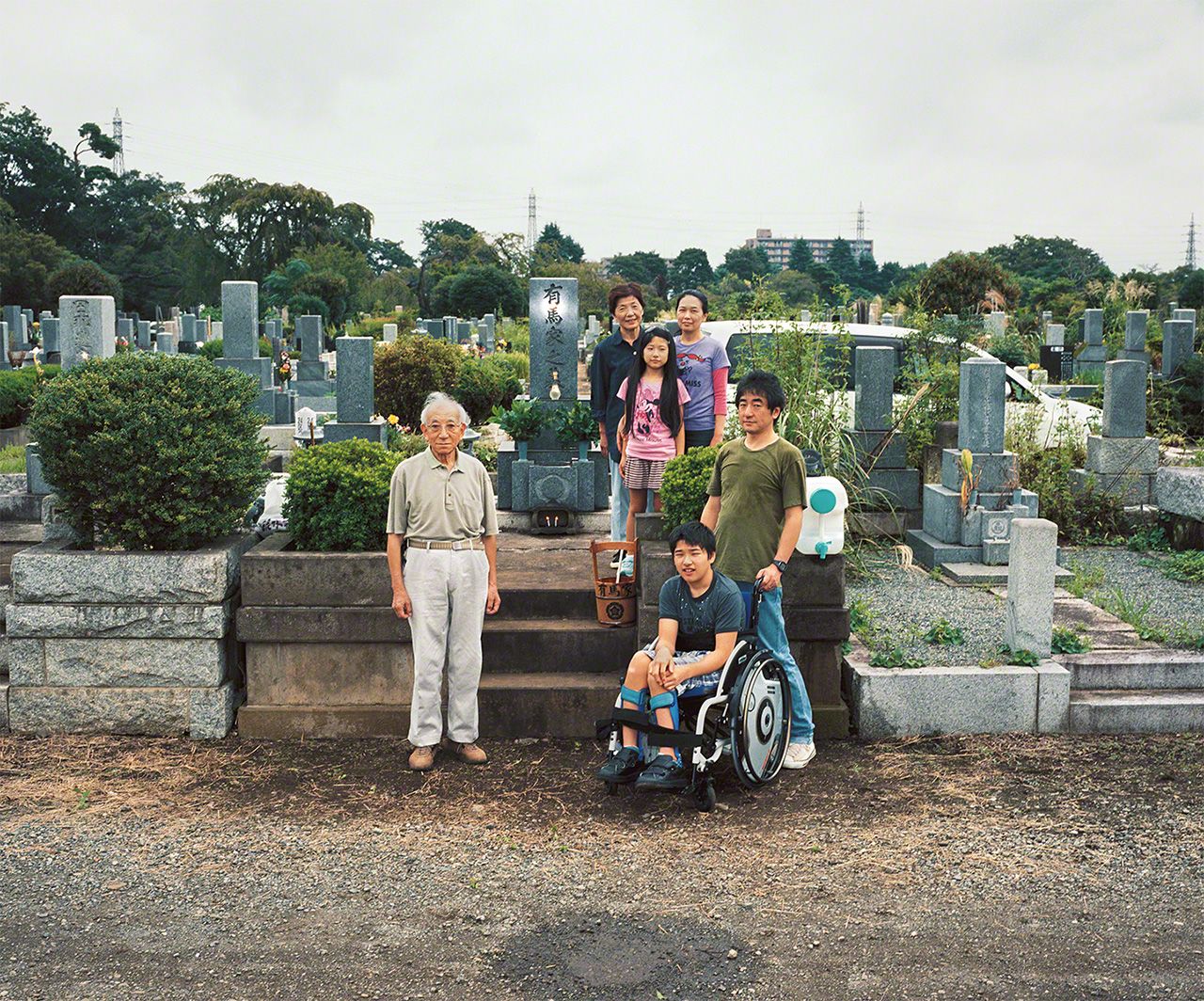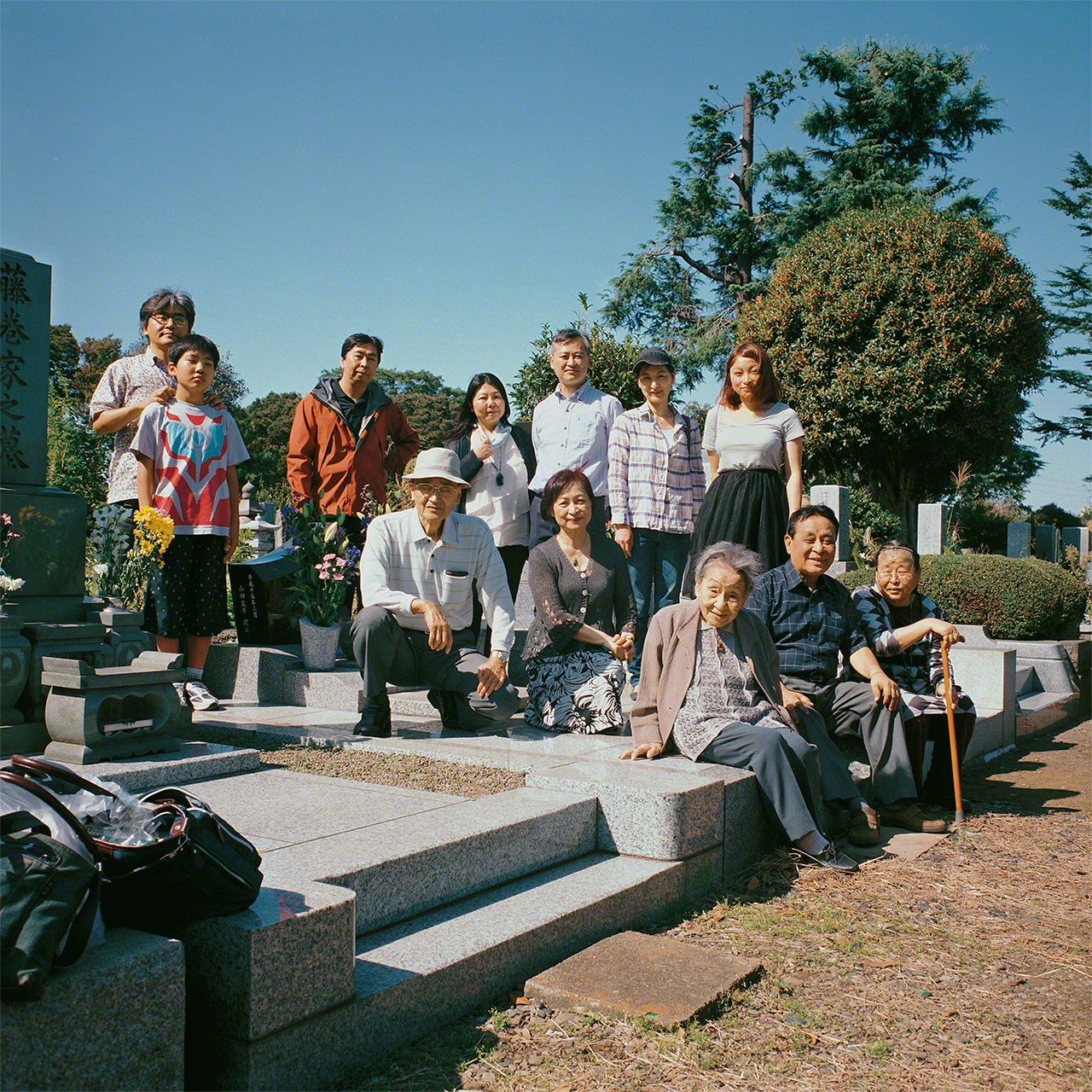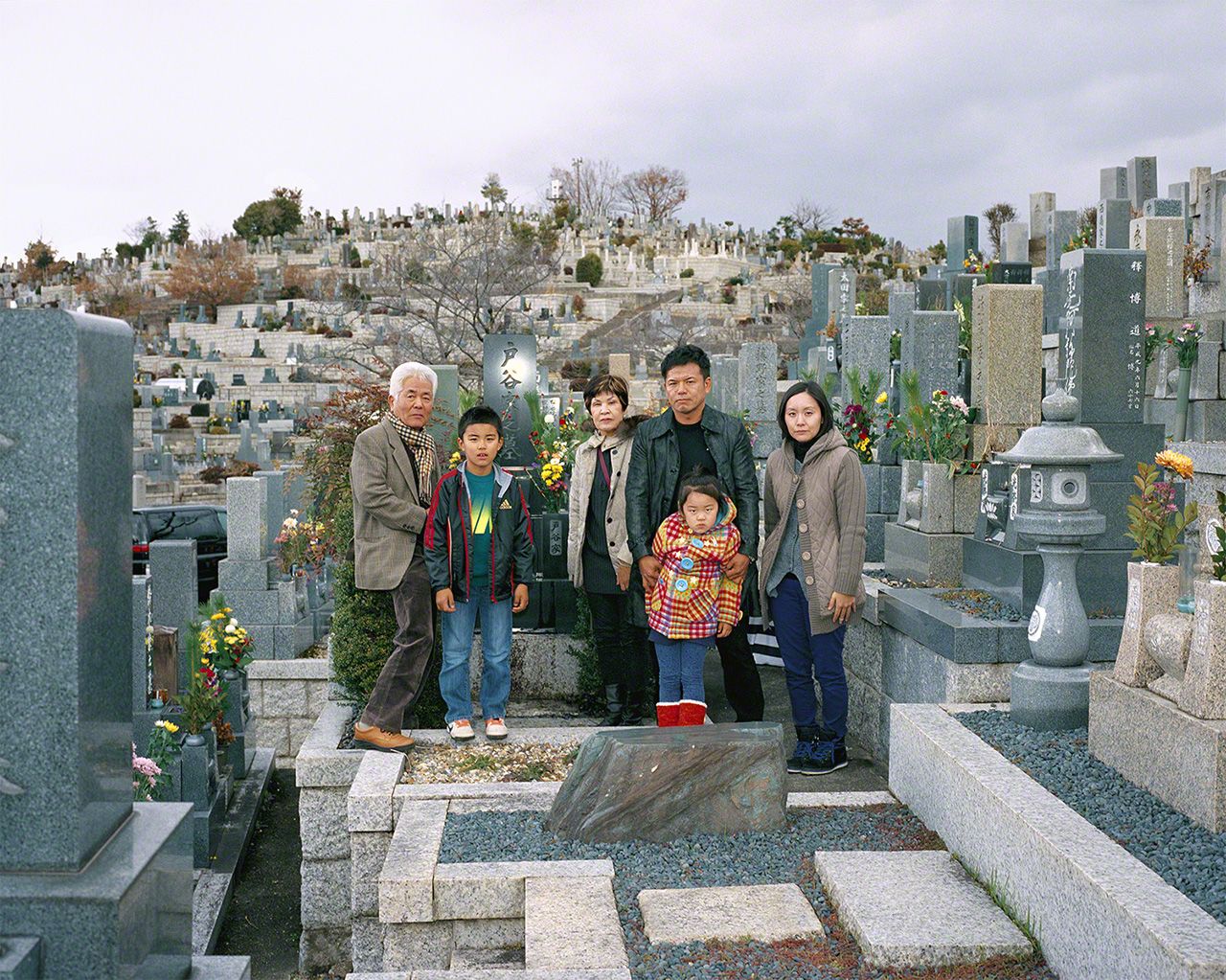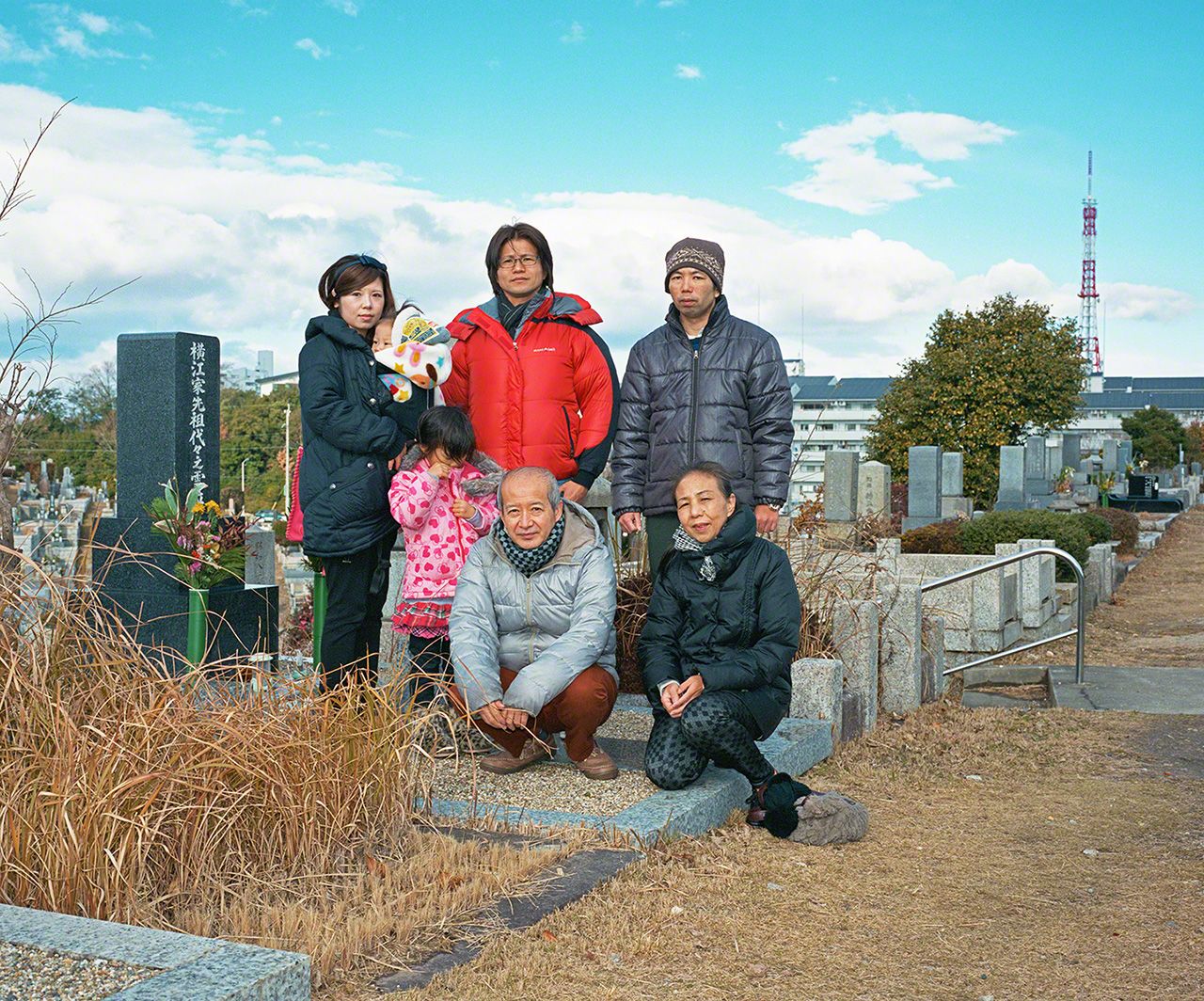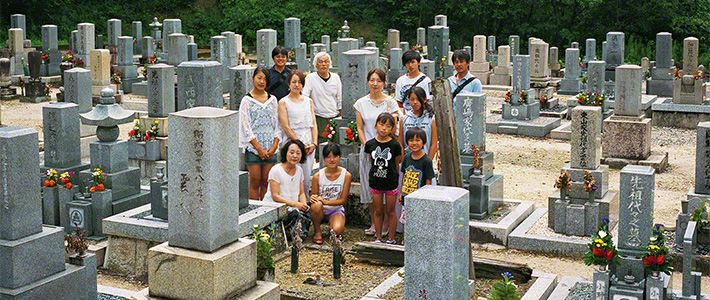
Graveside Portraits of Japanese Families (Photos)
Culture- English
- 日本語
- 简体字
- 繁體字
- Français
- Español
- العربية
- Русский
Time with Departed Loved Ones
Since many years back I have visited cemeteries to tend graves. As I place flowers and incense before the gravestones, I look around at the floral offerings of adjacent plots. Some are fresh and others wilting, and yet others have become discolored from age. In this array I recognize how other people too have visited the site.
Looking at the flowers brings to mind the old Japanese word itsukushimu. Its closest renderings in English are “to care for,” “to love,” and “to respect.” Everyone who comes to the cemetery carries these emotions in their hearts as they spend time with departed loved ones who live on in their memories.
Three Generations at the Graveside
In Japan, people visit graves during the summer festival of Obon, when the spirits of ancestors are said to return to this world, and to hold memorial services at the spring and autumn equinoxes. They may also go on the date when a relative died, on anniversaries, around the New Year period, or when they want to share something that has happened in their lives. Indeed, Japanese seem to visit graves quite often.
These photographs show families of three or more generations in graveyards from Hokkaidō in the north to Okinawa in the south. As a child, I remember hearing that Buddhist services should be conducted together as a group rather than alone. This is becoming less feasible as the birthrate drops, the population ages, and family members increasingly live apart or alone. Yet on the special occasions when whole generations gather at the graveside, the faces of family members seem to have a special radiance.
A Time for Learning
Shocking events like the devastating Great East Japan Earthquake have stirred around us nearly imperceptible winds of change, and Japan is now said to be at a historic turning point. Japanese lifestyles and values have undergone dramatic transformation in the last 50 years and this process is likely to accelerate. Even so, I feel these families visiting graves vibrantly display a feeling that pulsates through the Japanese spirit, transcending generations.
Life is a never ending cycle of death and rebirth, each aspect coexisting in time. Through spending hours with those who lived before us, we may learn something about where we came from.
(Originally published in Japanese on December 7, 2016. Photographs and text by Itō Masayo. Banner photo: A family at a cemetery in Yokkaichi, Mie Prefecture, in 2015.)
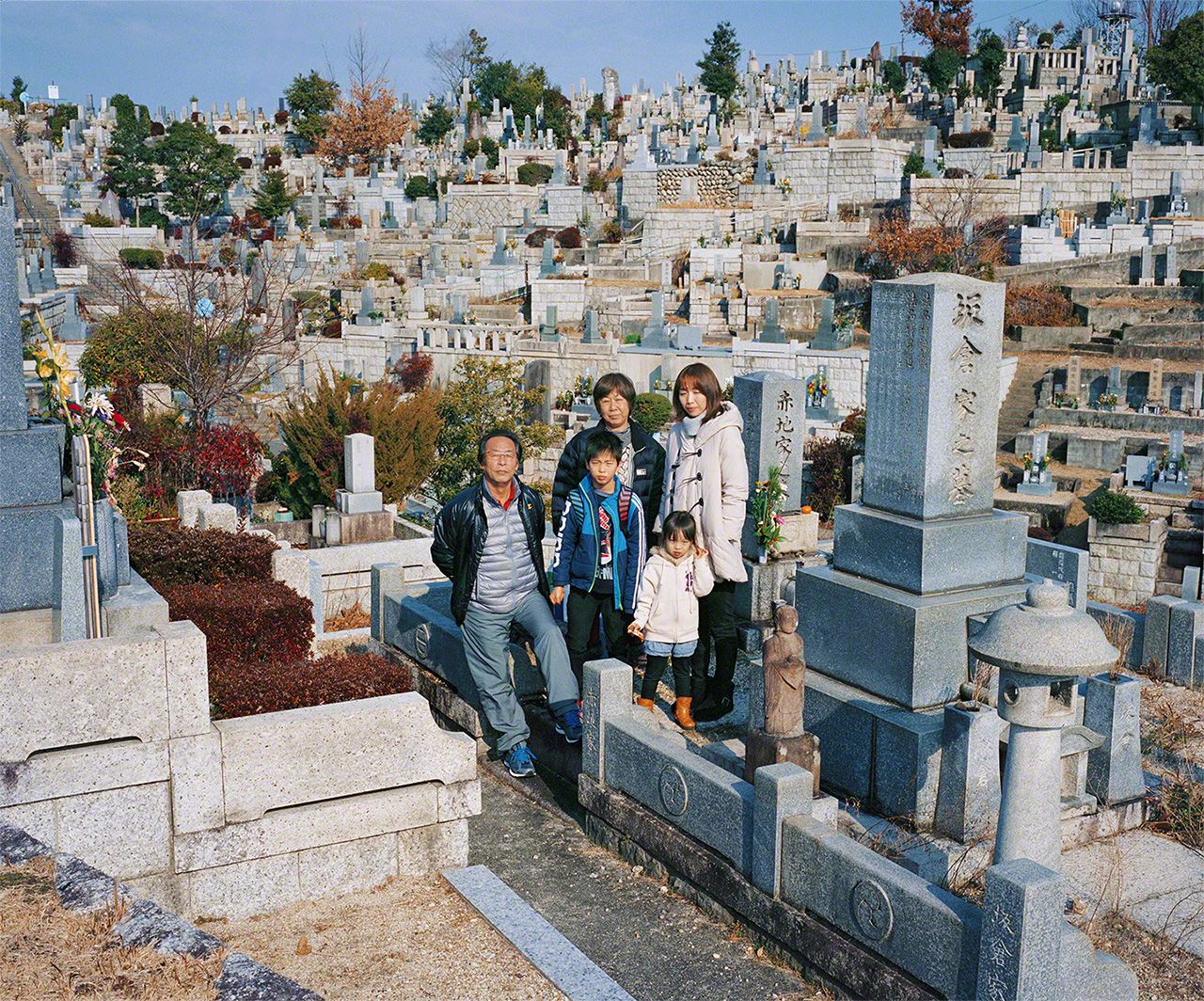
Nagoya, Aichi Prefecture (2015).
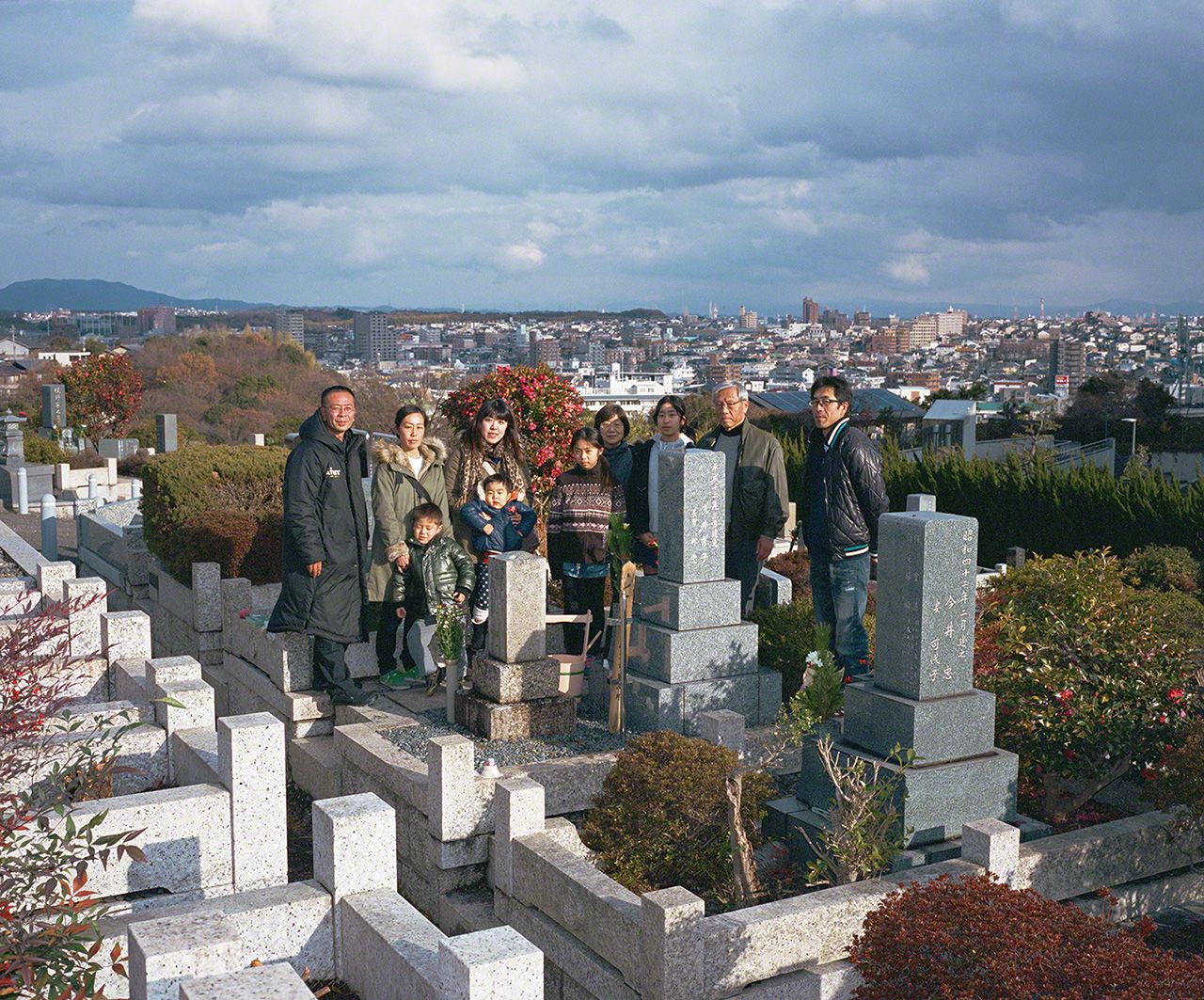
Nagoya, Aichi Prefecture (2015).
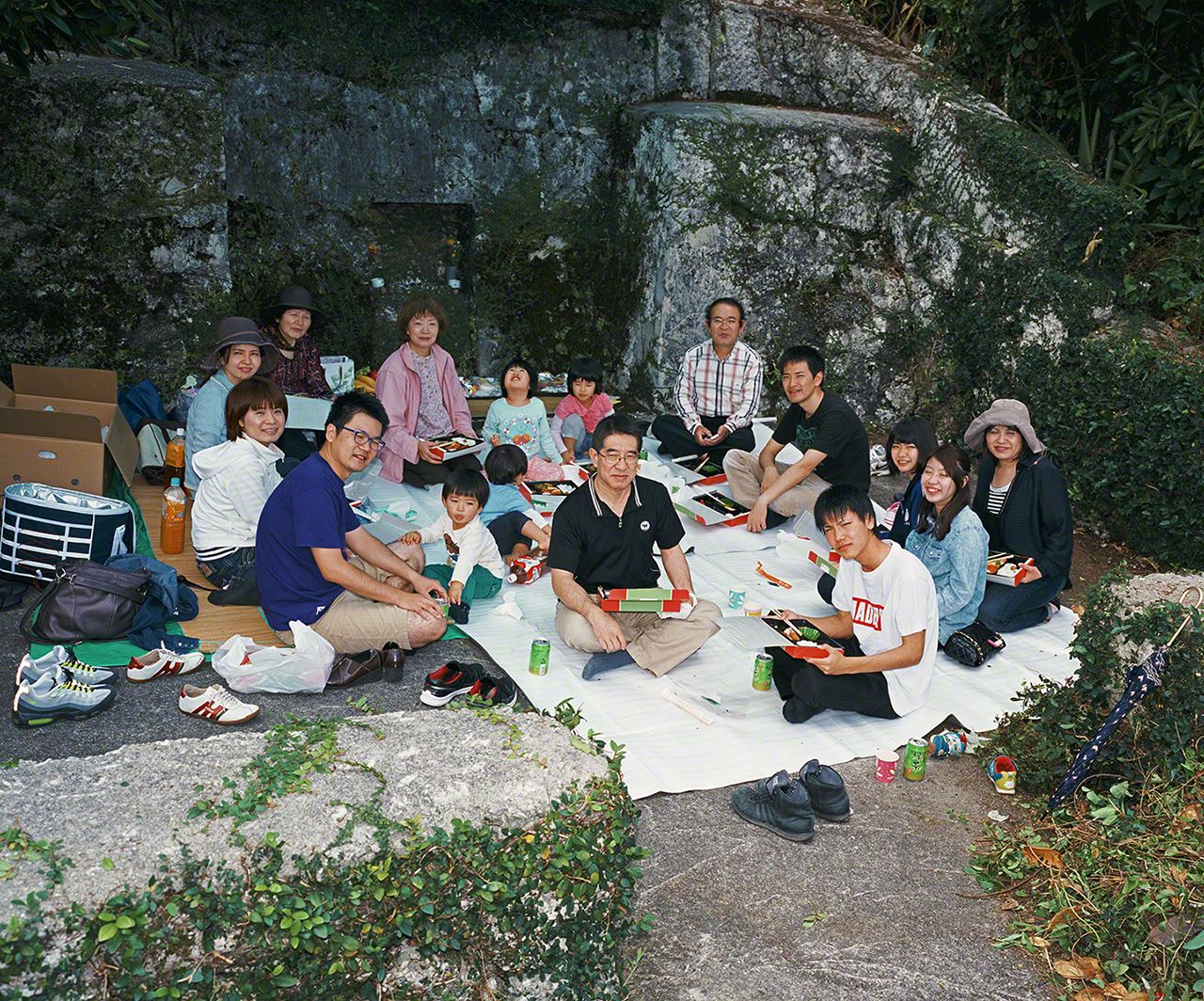
Naha, Okinawa Prefecture (2014).
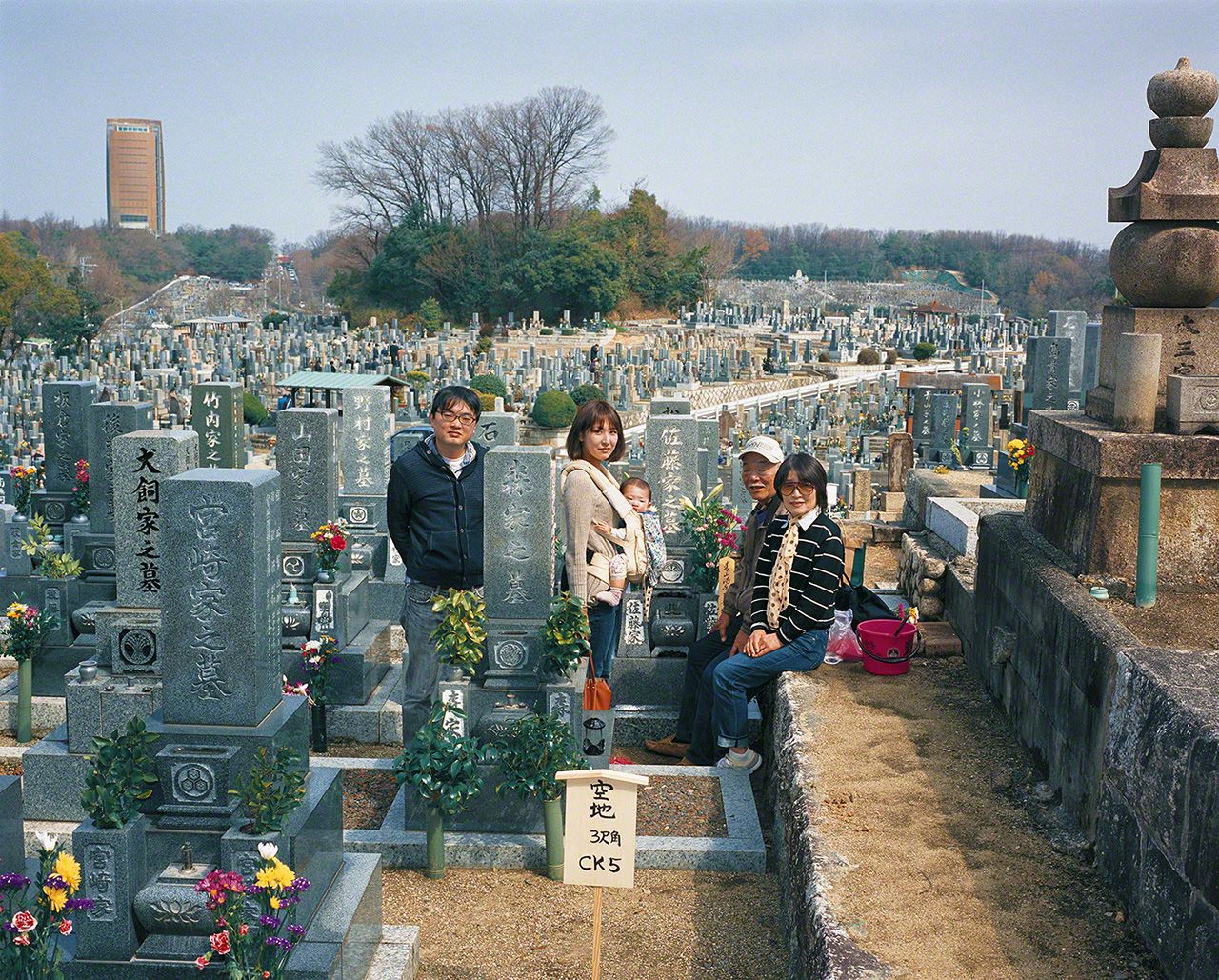
Nagoya, Aichi Prefecture (2014).
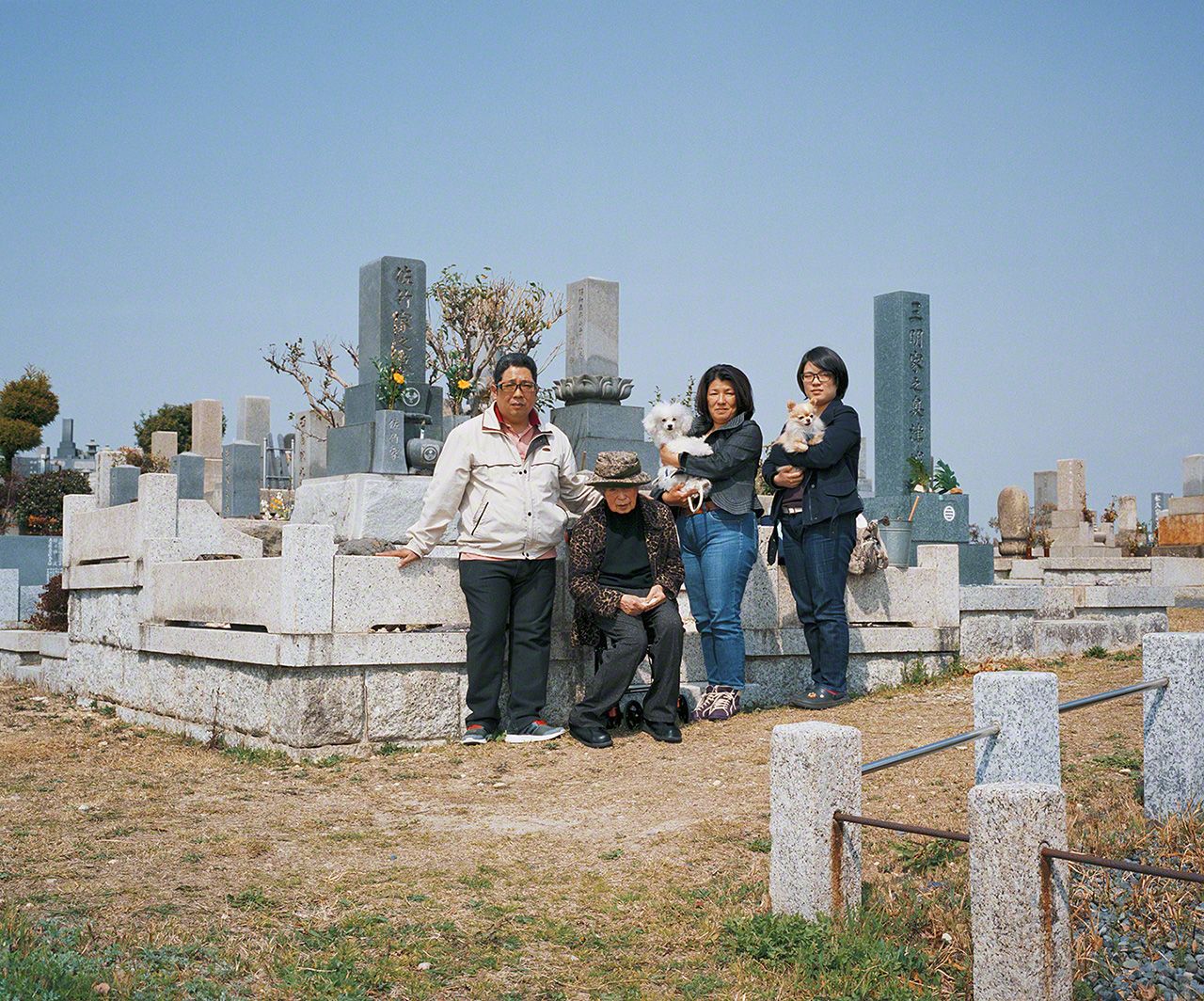
Nagoya, Aichi Prefecture (2015).
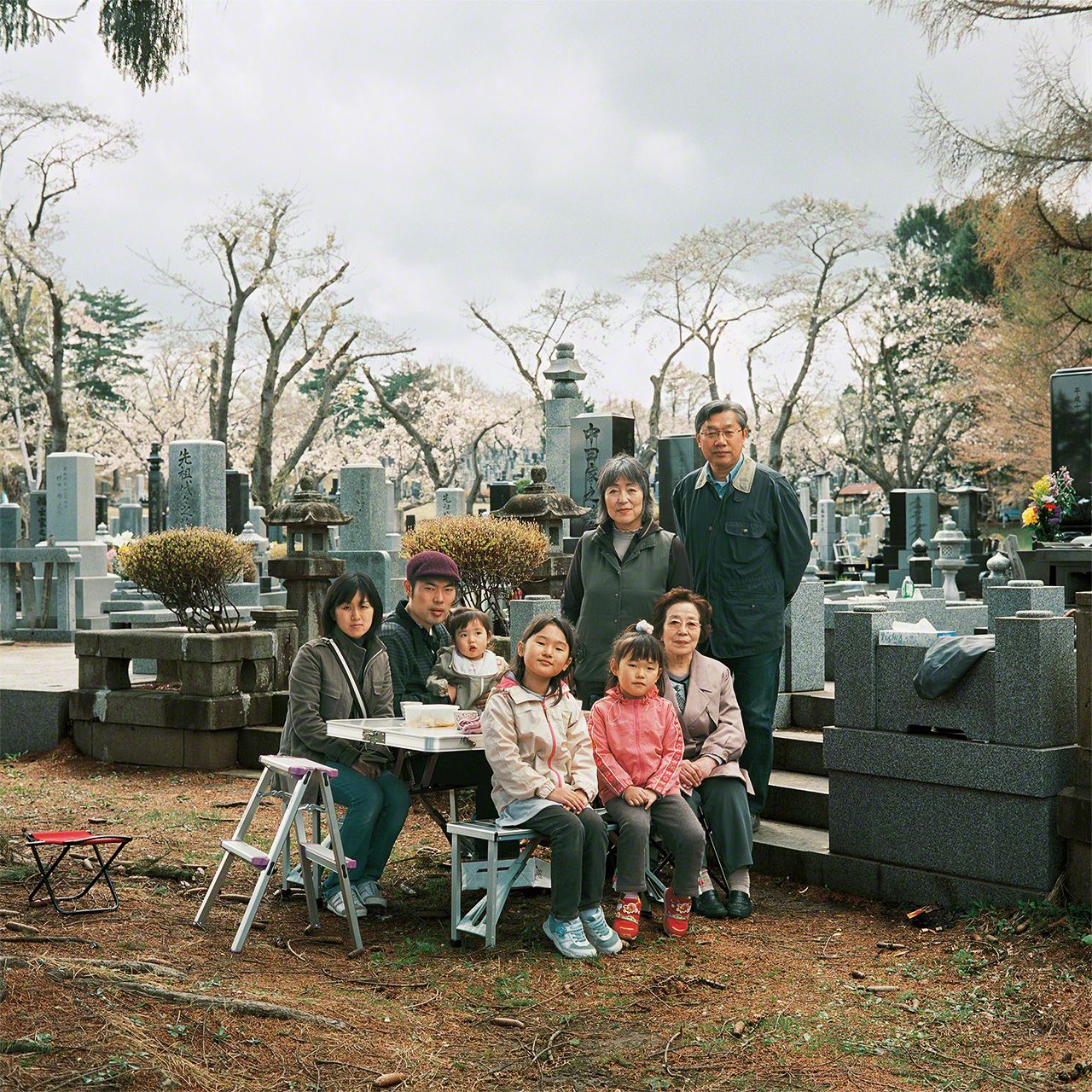
Aomori, Aomori Prefecture (2011).
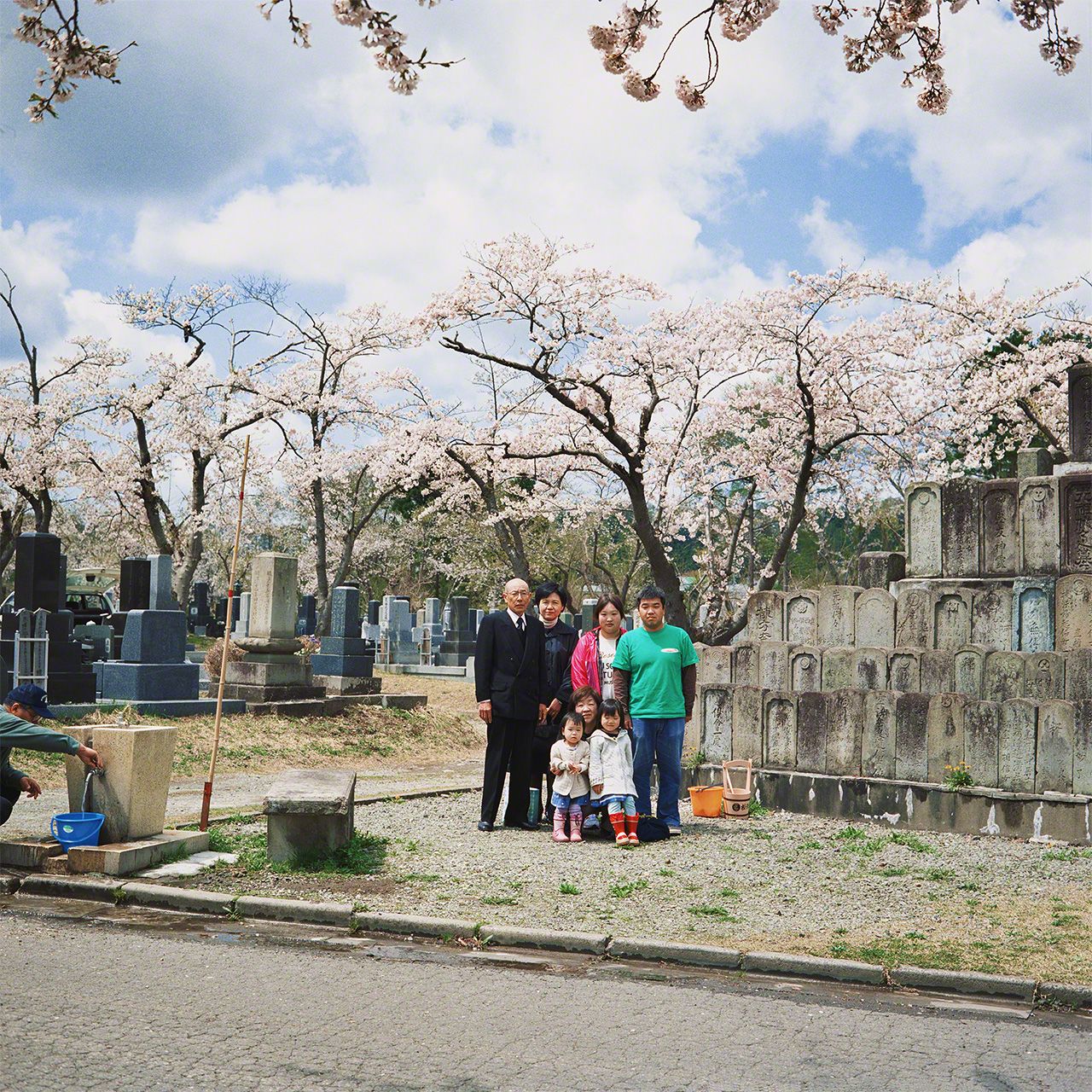
Aomori, Aomori Prefecture (2011).
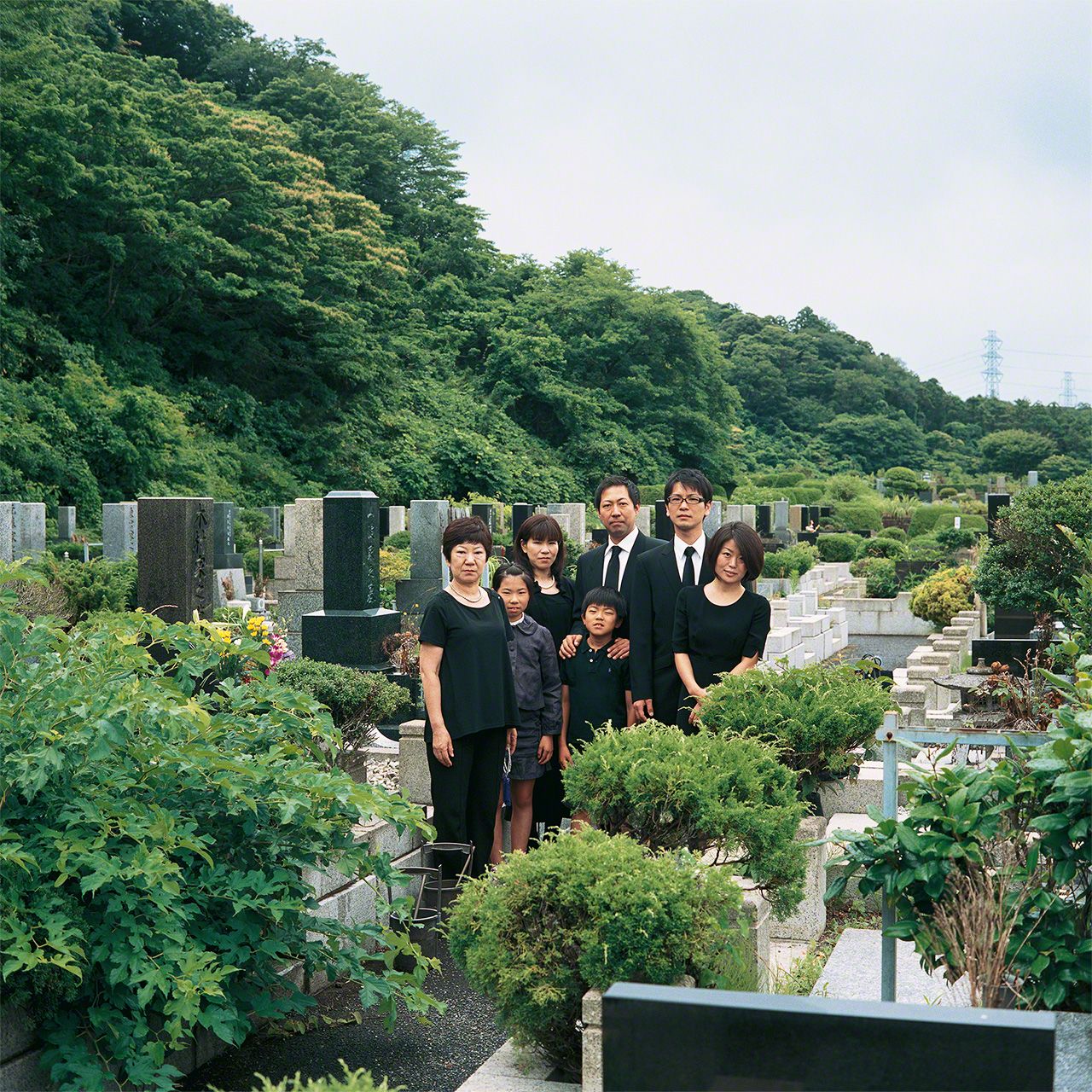
Kamakura, Kanagawa Prefecture (2014).
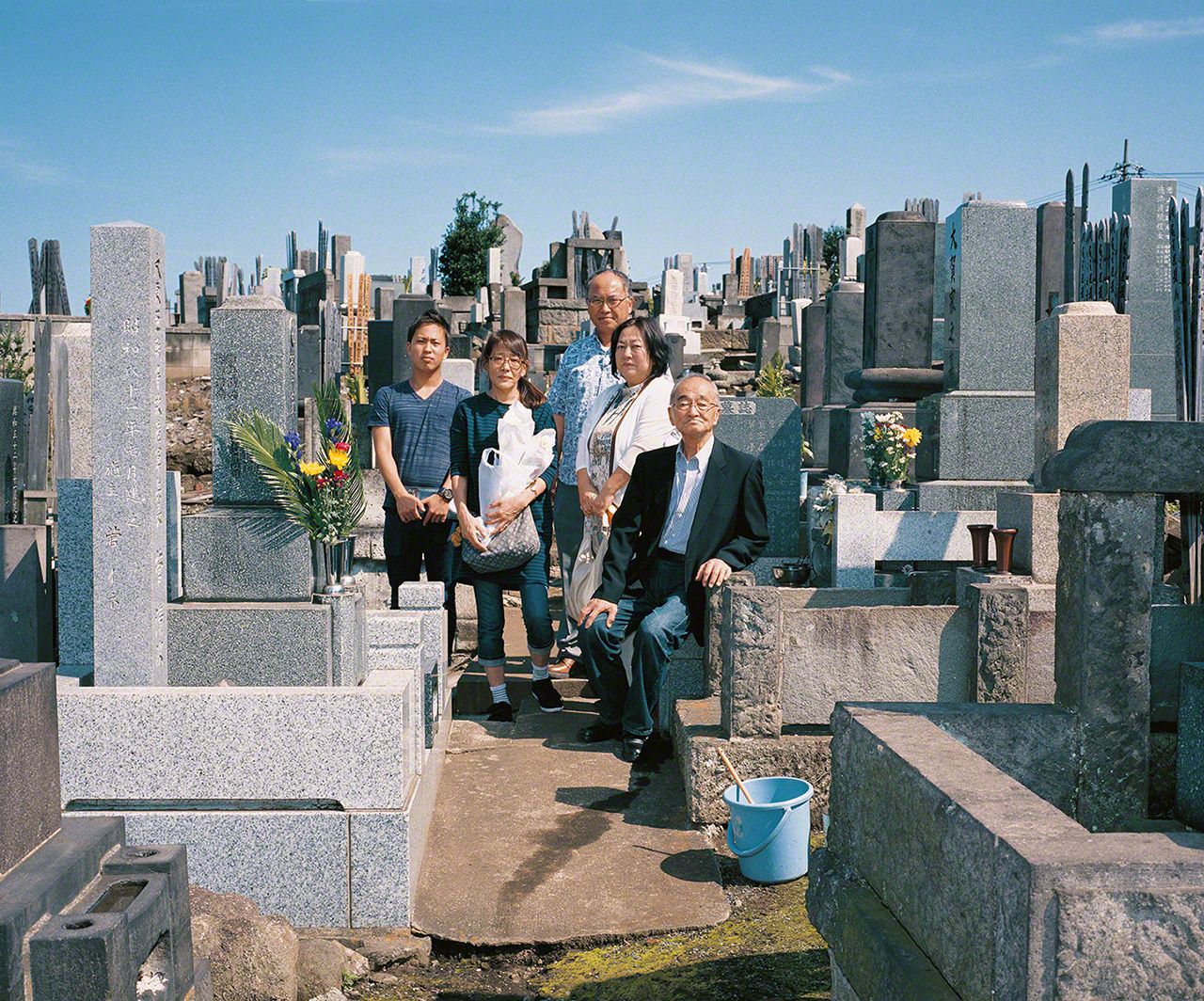
Yokohama, Kanagawa Prefecture (2015).

Yokkaichi, Mie Prefecture (2015).
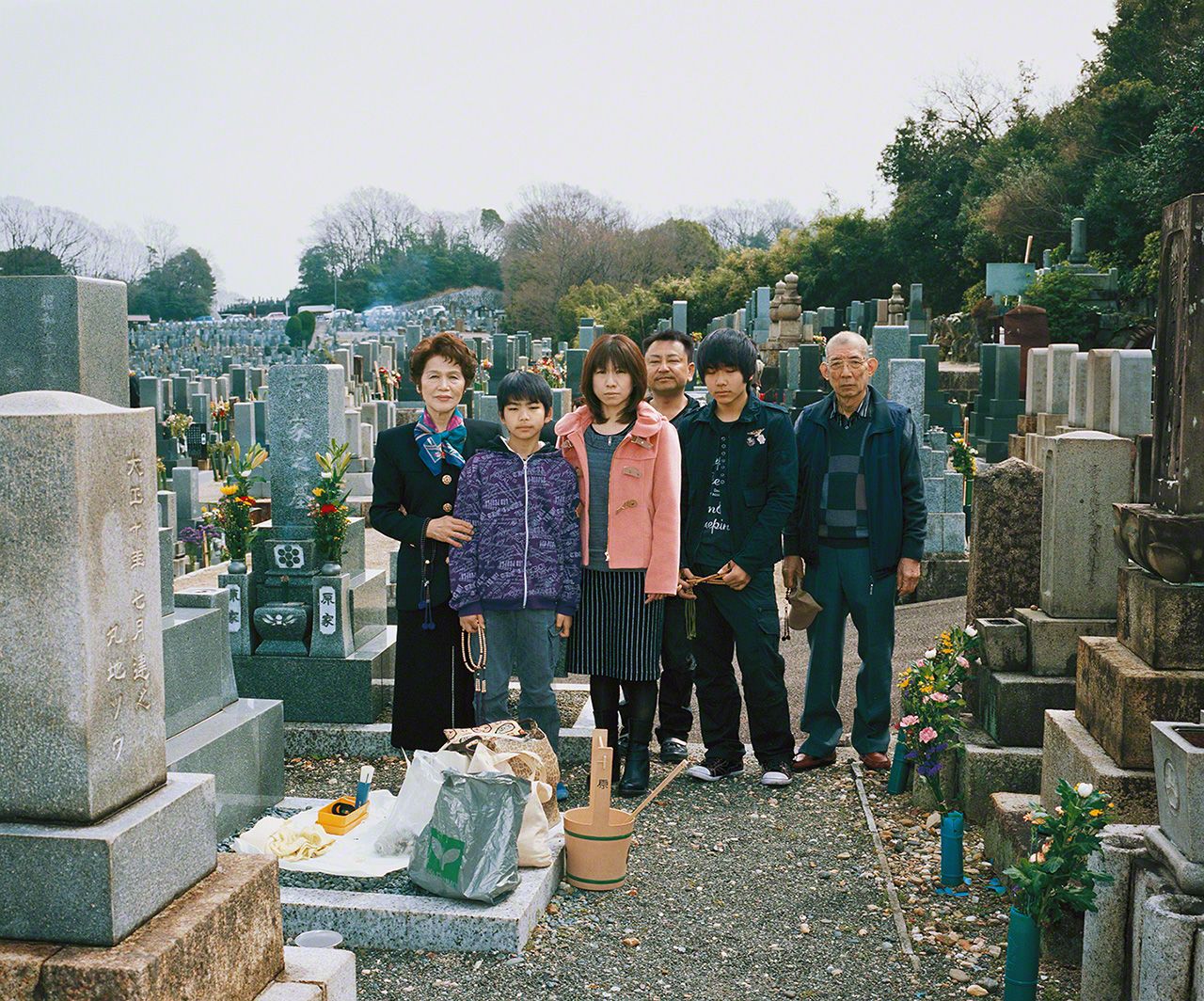
Nagoya, Aichi Prefecture (2015).
